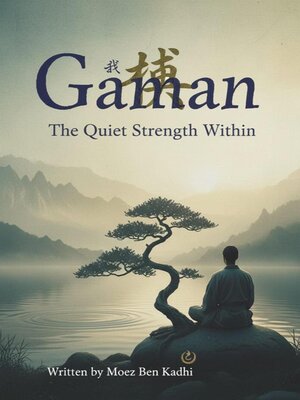
Sign up to save your library
With an OverDrive account, you can save your favorite libraries for at-a-glance information about availability. Find out more about OverDrive accounts.
Find this title in Libby, the library reading app by OverDrive.



Search for a digital library with this title
Title found at these libraries:
| Library Name | Distance |
|---|---|
| Loading... |
In the aftermath of the great Tōhoku earthquake and tsunami of 2011, the world watched in awe. Amidst unimaginable devastation, cities erased, coastlines redrawn, a nuclear crisis unfolding, something extraordinary was taking place. There was no widespread panic, no looting, no breakdown of social order. Instead, there were scenes of profound and quiet dignity: survivors forming neat, orderly lines for scarce water and food, communities coming together to help one another, and a collective resilience that was as powerful as it was understated. Observers from around the globe struggled to find the right words to describe this phenomenon, this calm in the heart of chaos. But in Japan, there was a word for it, a concept deeply woven into the fabric of the culture: gaman.







